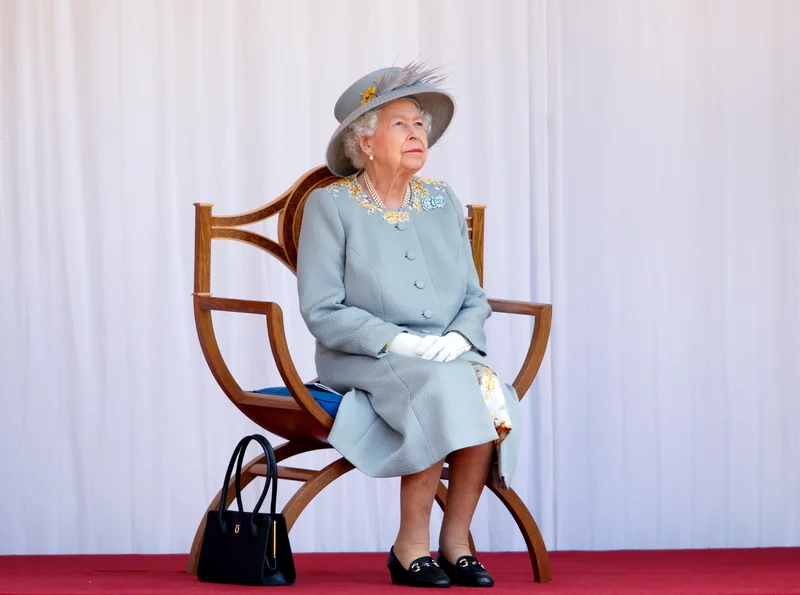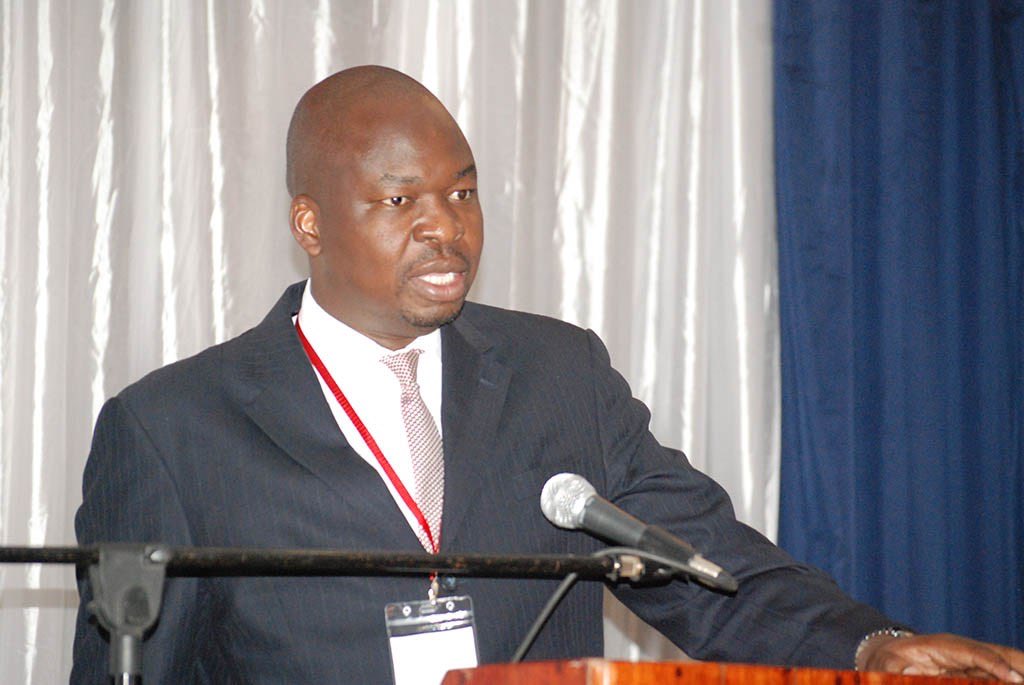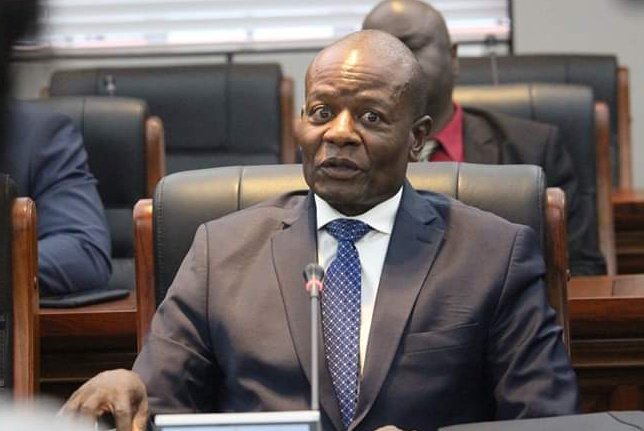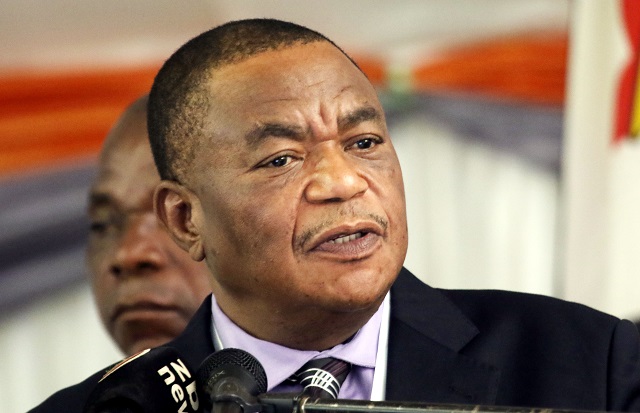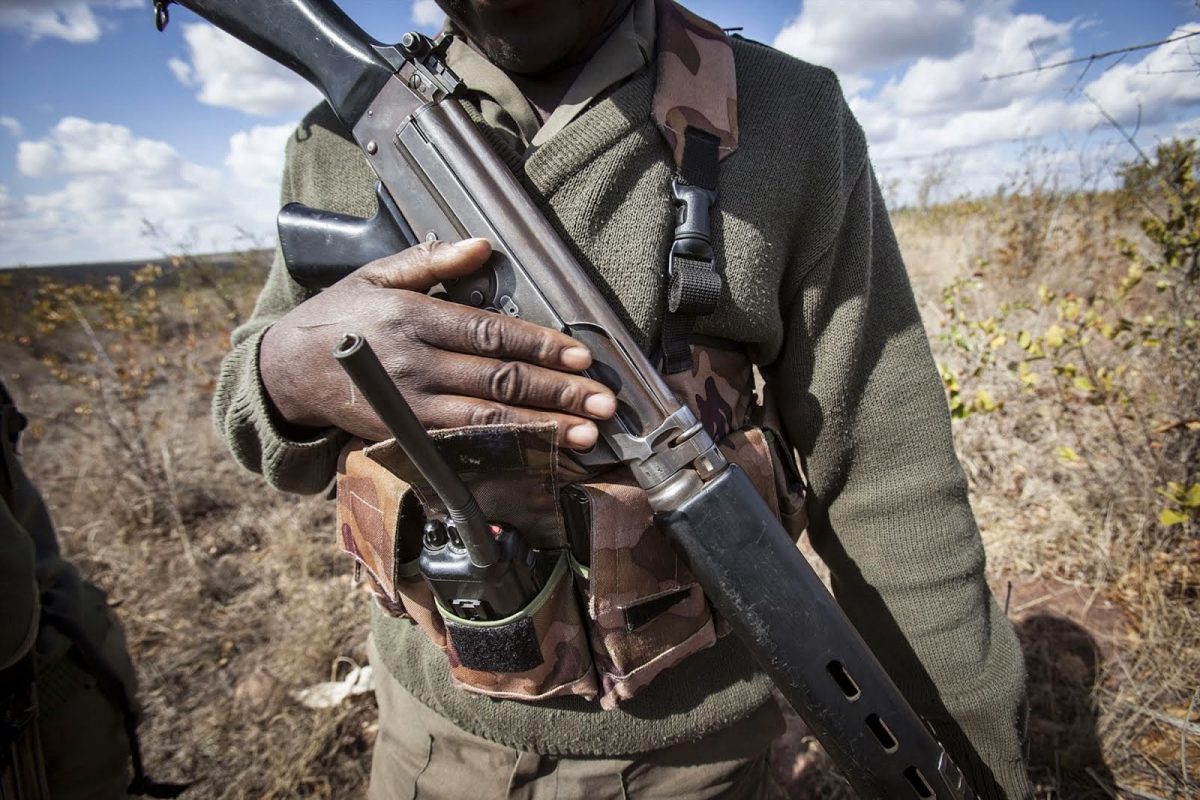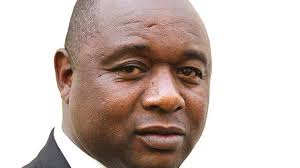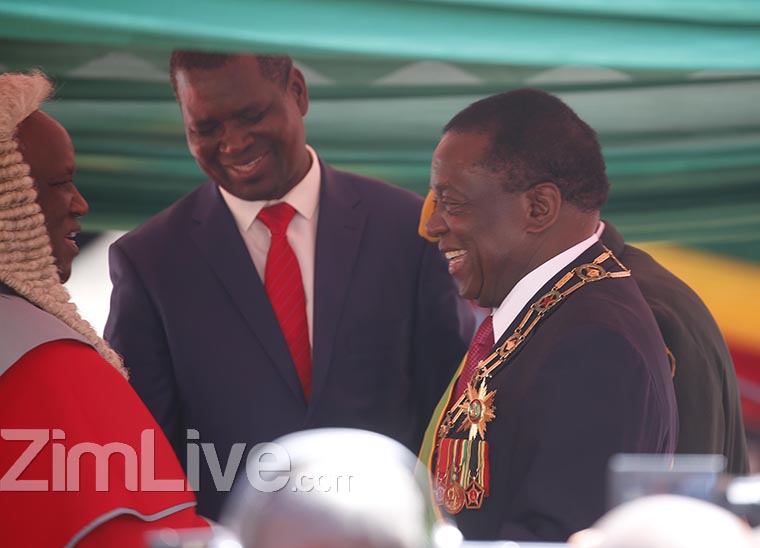BALMORAL, Scotland – Queen Elizabeth, Britain’s longest-reigning monarch and the nation’s figurehead for seven decades, has died aged 96, Buckingham Palace said on Thursday.
“The Queen died peacefully at Balmoral this afternoon,” Buckingham Palace said in a statement.
“The King and The Queen Consort will remain at Balmoral this evening and will return to London tomorrow.”
Her eldest son Charles, 73, automatically becomes king of the United Kingdom and the head of state of 14 other realms including Australia, Canada and New Zealand.
Her family had rushed to be by her side at her Scottish home, Balmoral Castle, after doctors expressed concern about her health. She had been suffering from what Buckingham Palace has called “episodic mobility problems” since the end of last year, forcing her to withdraw from nearly all her public engagements.
Queen Elizabeth II, who was also the world’s oldest and longest-serving head of state, came to the throne following the death of her father King George VI on February 6, 1952, when she was just 25.
She was crowned in June the following year.
Her reign spanned a remarkable arc in British history and was defined by duty to country and considerable family pain. Her death is a major milestone for the country, triggering an outpouring of national affection and grief.
It also comes at a time when the U.K. is transitioning from a deeply controversial prime minister, Boris Johnson, to a new one, Liz Truss, who just took over the job this week. The country faces skyrocketing inflation and the challenge of the biggest war in Europe since 1945.
Elizabeth was born into an empire on which the sun never set and was the country’s last major figure with a connection to World War II, a searing, ultimately triumphant experience that, for some, continues to define the nation. On V-E Day in 1945, Elizabeth, then 19, described slipping out of Buckingham Palace to join the jubilant crowds.
“I remember lines of unknown people, linking arms and walking down Whitehall, all of us just swept along on a tide of happiness and relief,” she recalled. “It was one of the most memorable nights of my life.”
Later, Elizabeth watched as Britain lost most of its colonies and much of its power. There were many personal lows, including the divorces of three of her four children; the death of her former daughter-in-law Diana; and a sex scandal involving her son Prince Andrew. Late in her reign, her grandson Prince Harry left the family and England to settle in California with his American wife, Meghan Markle.
Through it all, though, the queen worked to honour a pledge she made when was just 21: “I declare before you that my whole life, whether it be long or short, shall be devoted to your service, and the service of our great imperial family to which we all belong.”
Through the ups and downs of her tenure, her hard work and longevity won her deep admiration across the United Kingdom.
Born Elizabeth Alexandra Mary Windsor in London in 1926, her ascension to the throne was an accident of history. In 1936, her uncle, King Edward VIII abdicated to marry Wallis Simpson, a divorced American woman. Elizabeth’s shy, stammering father assumed the throne as George VI, placing her next in line.
When World War II erupted three years later, Princess Elizabeth began performing official royal duties and delivered the first of many broadcasts, billed as addresses to the children of the British Empire.
In 1947, at age 25, she married Prince Philip of Greece and Denmark, a dashing naval officer and distant cousin with whom she’d fallen in love in her early teens.
While traveling in Kenya five years later, Elizabeth received grim news from home that her father, who suffered from heart disease and cancer, had died in his sleep. A year later, her lavish coronation in Westminster Abbey drew a global TV audience.
Elizabeth made a glamorous young queen in the gray, postwar years — but also a remote one. Occasionally, she appeared to drop her guard and allowed TV cameras into her home. She spoke of her embrace of the predictability of royal life and how younger family members chafed under its strictures.
“If you live this sort of life, which people don’t very much,” she said with a laugh, “you live very much by tradition and by continuity. I find that’s one of the sad things, that people don’t take on jobs for life, they try different things all the time.”
Given the nature of her job, Elizabeth said she knew exactly what she would be doing in the next two months or even the coming year.
“I think this is what the younger members [of the royal family] find difficult, is the regimented side of it,” she added.
Difficulties involving younger royals led to some of the most painful periods of the queen’s life.
In just one year — 1992 — the marriages of her three oldest children collapsed. That November, fire devastated Windsor Castle, her childhood home along the banks of the River Thames outside London.
“In the words of one of my more sympathetic correspondents, it has turned out to be an ‘annus horribilis,’ ” the queen said.
“I think the queen really felt deeply wounded by the lack of success of her family,” says Sarah Bradford, the author of several biographies of Elizabeth. “She just felt humiliated and possibly she felt guilty about it.”
Five years later, things grew far worse, when paparazzi on motorcycles chased Diana, Princess of Wales, through Paris. She died after the Mercedes she was traveling in crashed into a pillar in a tunnel along the Seine River.
Diana had recently divorced Prince Charles, but remained for many a sympathetic figure.
Instead of returning to London to lead her people in mourning, the queen remained in her castle in Balmoral, comforting her grandchildren, Diana’s sons, Princes William and Harry. Many Britons were furious and saw the queen as out of touch and uncaring.
“The week before Diana’s funeral was probably the low point of the queen’s life,” Bradford says, “because for the first time in her life, she was actually really criticized, deeply criticized.”
Bowing to public pressure, the queen returned to London and eventually responded to what she called “the extraordinary and moving reaction to [Diana’s] death.”
With that tribute to Diana, the crisis faded. By 2012, when the queen celebrated her 60th year on the throne, she had recovered her popularity. A few weeks later came the London Olympics, where she thrilled a global TV audience by pretending to skydive into the Olympic stadium with Daniel Craig as James Bond.
More recently, during the coronavirus pandemic, the queen made a rare national speech that illustrated the unique role she played in the United Kingdom. As head of state and national matriarch, she reassured the British people and emphasized the country’s traditional values.
“Together we are tackling this disease, and I want to reassure you that if we remain united and resolute, then we will overcome it,” she said from Windsor Castle. “I hope in the years to come, everyone will be able to take pride in how they responded to this challenge. And those who come after us will say the Britons of this generation were as strong as any. The attributes of self-discipline, of quiet good-humoured resolve and of fellow feeling still characterize this country.”
Still recent years brought additional family turmoil and crises that undermined the monarchy, including allegations that a 17-year-old girl was coerced into having sex with Prince Andrew, which he denied in an interview with the BBC.
In 2021, Prince Harry and his wife Meghan, the Duchess of Sussex, said they’d encountered racism within the royal family. In an interview with Oprah Winfrey, Meghan, who is biracial, said there had been discrimination toward their son, Archie. She said there had been “concerns and conversations about how dark his skin might be when he’s born.”
In a statement, Buckingham Palace called the claims “concerning” and said the family would address them privately.
About a month later, Prince Philip, whom the queen had called “my strength and stay,” died at age 99 after more than seven decades of marriage.
The queen was enormously popular, even among Britons who weren’t fond of the monarchy. Charles, however, is not. Polls this year showed that only about one-third of the public here wants him as king. Many people remain unhappy with Charles because of how he handled his first marriage.
“The legacy of the whole Diana catastrophe — it does go very deep,” said Max Hastings, the former editor of Britain’s The Daily Telegraph and the Evening Standard. “The image that Diana passed onto the world about the Prince of Wales is not a very attractive image. It was an image of a very selfish, quirky, weird man.”
Royal watchers say that Charles’s lack of popularity and connection to many British people poses a serious challenge to the monarchy as it moves forward.
Elizabeth became queen when Winston Churchill was Britain’s prime minister and Harry Truman was U.S. president. She worked with 15 British prime ministers and has met 13 of the last 14 American presidents.
Queen Elizabeth is the only monarch the vast majority of Britons have ever known. Bradford believes history will rank her among the nation’s great sovereigns, alongside Queen Elizabeth I and Queen Victoria.
“I think the queen’s legacy will be holding the whole thing together, through bad and good, connecting with the world,” Bradford says. “I think she’ll be seen as dutiful, good at her job and self-sacrificing in many ways.”
A quarter-century after assuming the throne, Queen Elizabeth II summarised her role and her relationship with her subjects: “When I was 21, I pledged my life to the service of our people,” she said. “Although that vow was made in my salad days when I was green in judgment, I do not regret nor retract one word of it.” – AP

